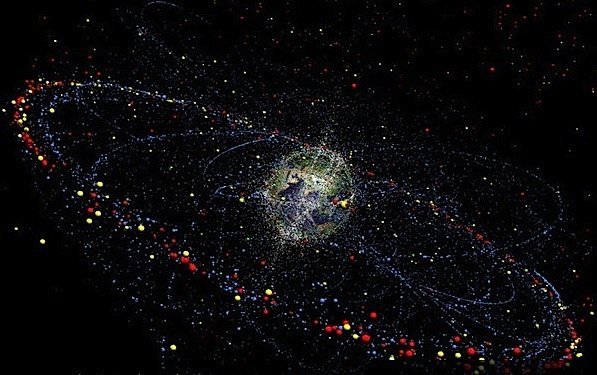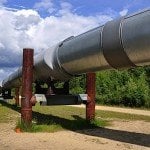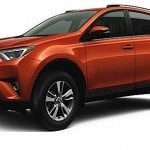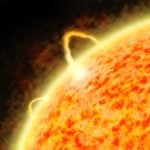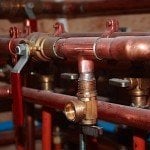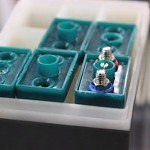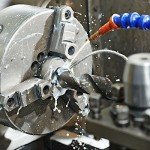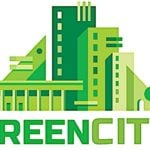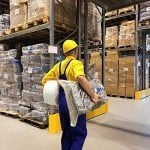The Extreme Univese Space Observatory telescope, originally built to detect cosmic rays, could be used to target space debris in orbit. According to scientists, a powerful laser can then be used to de-orbit space junk that endangers the International Space Station and other satelites.
The laser system would be armed with a 100,000 wat ultraviolet CAN laser firing 10,000 pulses per second — each pulse only a tenth of a billionth of a second.
The media images of lasers blasting satellites and other huge pieces of orbiting space debris to smithereens may be irresistible, but the reality of certain Japanese scientists’ proposal is a little less spectacular. In some media, the Japanese proposal is being presented as something straight out of Star Wars. The scientists themselves, however, much more drily describe it as a “debris remediation system” consisting of a telescope with a “super wide” field of view and a high-efficiency laser. The “radical” aspect of their proposal is that it will be tested on the International Space Station (ISS). Other debris removing efforts so far have been conducted from the ground.
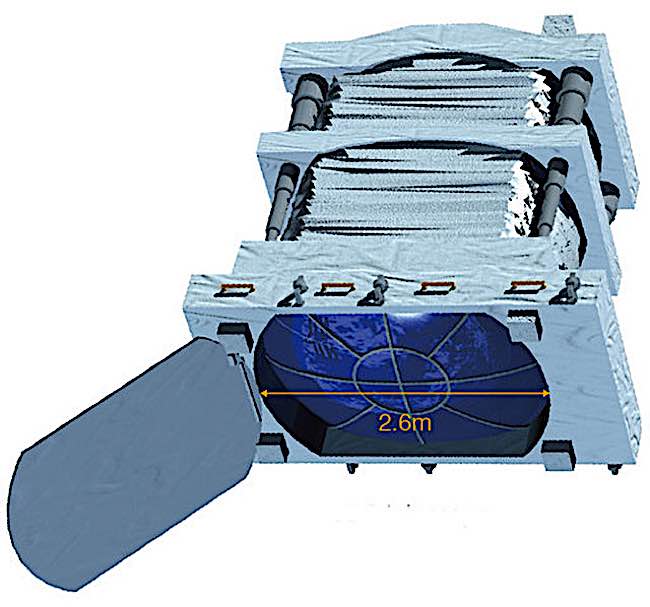
The telescope that would be used was developed at the RIKEN research institute in Tokyo as part of the Extreme Universe Space Observatory (EUSO) project. Mounted on the ISS, the EUSO telescope will perform its originally intended function of scanning Earth’s atmosphere for signs of cosmic rays. The telescope uses the earth’s atmosphere to detect “transient luminous phenomena” as particles from space enter Earth’s atmosphere. The scientists realized, however, that it could also be used to spot high-velocity “fragmentation debris” in orbit near the ISS.
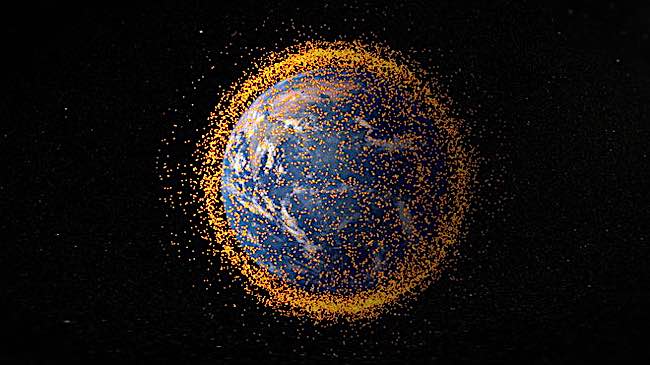
The debris in question would not be large abandoned satellites and pieces of spacecraft, but very small pieces, about one centimetre in size, which are considered the most dangerous to other orbiting craft. It is estimated that there are hundreds of thousands of these objects orbiting the Earth, with a combined weight of about 3,000 tons. The image at the top of the page is a simulation of that orbiting debris. Powerful, short pulses of laser energy would be directed at the small chunks of material, vaporizing a portion of them. The force of the laser contact with the material would, the theory goes, cause the debris to slow down in its orbit, then gradually fall back into the Earth’s atmosphere and burn up harmlessly.
A spokesman for the Riken team said that the first, proof-of-concept version on the ISS will consist of a 20 centimetre telescope and a 100-strand laser. The full-scale system will have a three-metre telescope and a laser with 10,000 fibres, which would be able to “deorbit” space debris with a range of approximately 100 kilometres. If the proof-of-concept version works as expected, the scientists say they could create a “free-flyer” mission and put it into polar orbit 800 kilometres above Earth. This is where the greatest concentration of debris is found, the scientists said.

